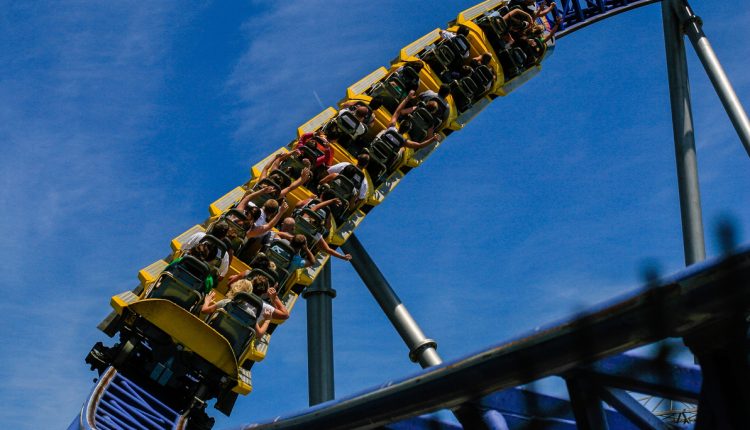When it comes to theme park injuries, a lot of the case work is swept under the rug and never heard of again. Scott Monge, Founder of Monge & Associates, believes theme parks should be held accountable by law, and provide total transparency in the cases of serious injury or accidental deaths, the numbers of which are surprisingly to most, quite high. The reason? Because theme parks are simply not held accountable for publicly revealing such numbers.
Anyone who has ever gone for a ride on a roller coaster knows the feeling. It’s a medley of hoping for the best, feeling that law of averages is on your side and finally throwing caution to the wind. Once that safety bar clamps down and the roller coaster conductor lets your ride out of the station, it’s time to let loose and enjoy yourself. For some theme park guests, the worst does come to pass and a serious injury lands them in the hospital. Even worse, a guest is killed as a result of safety oversight or an honest accident or “act of God.” As a personal injury attorney, my job allows me to help these injured victims or their families fight to make things right. Unfortunately, as you’ll see below, the defendants we go after aren’t always forthcoming with information about the incident or the victims.
A summer 2017 report from NBC News stated that injuries sustained at US amusement parks sent just shy of 31,000 guests to the emergency room in 2016. That same report, which cites US Consumer Product Safety Commission data, states that 22 people had been killed by theme park rides between 2010 and 2017. I was reading a recent ABC5 report out of Cleveland that caused me great dismay. According to the May 2018 report, the Cedar Point theme park in Sandusky Ohio – which brands itself as “the roller coaster capital of the world” – operates private police and paramedics departments. Thus, the report notes that information pertaining to patients does not need to be made public. “Having that information readily available to the public would make it easier to hold the amusement parks accountable,” a local lawyer told the television station. Indeed it would. For attorneys like myself, it would make the discovery process far more straightforward, too. While the article notes that Ohio’s agriculture department requires “stationary” theme parks to reveal an incident that forced a guest to spend the night in the hospital, the reporting process gets muddled from there. What’s more, the patients could go to the hospital with a theme-park related injury but never note to doctors that it may have been caused by a ride there.
I’ll admit that theme parks can be a hectic place – especially as equally-anxious adults and children que in line for fast thrills. During the off-season and afterhours, however, there’s no excuse for operators to not take a good long look at their equipment. The 2013 death of a woman riding a Texas roller coaster prompted the German-owned theme park to send experts to investigate what could have gone wrong. In my opinion, it’s too little too late. While all appeared to be in order before the Texas coaster departed, the victim actually questioned if her safety harness was properly secured. Inexcusable, even over the din of rowdy patrons ready to get the show on the road.
As a personal injury lawyer, I take great pride in helping clients who’ve been affected by the oversight of others. I meet with survivors and their families as we try and make sense of what went wrong, what could be resolved in court and what type of settlements can be reached. A wrongful death case, while overwhelming to pursue in the wake of losing a loved one, is still all about doing what’s right. Those responsible need to be held accountable and the financial turmoil that this sudden and tragic accident has caused can only be remedied in the eyes of the law.




